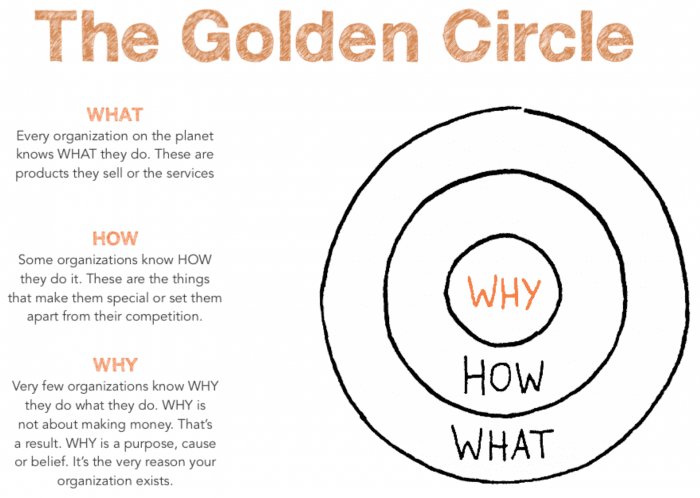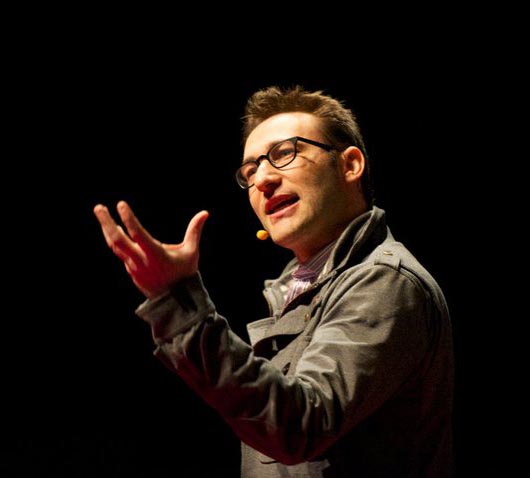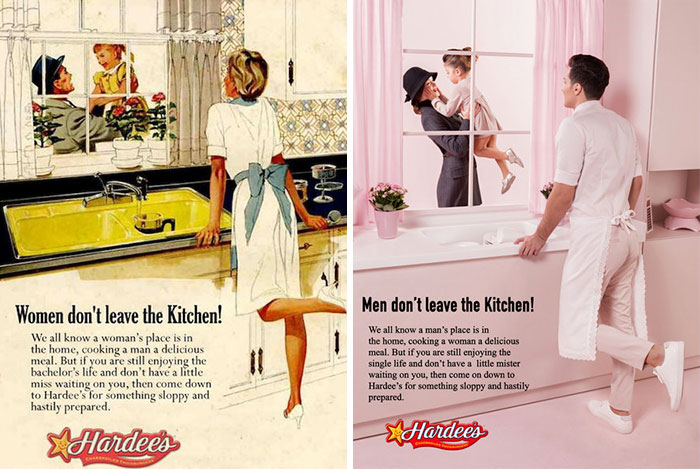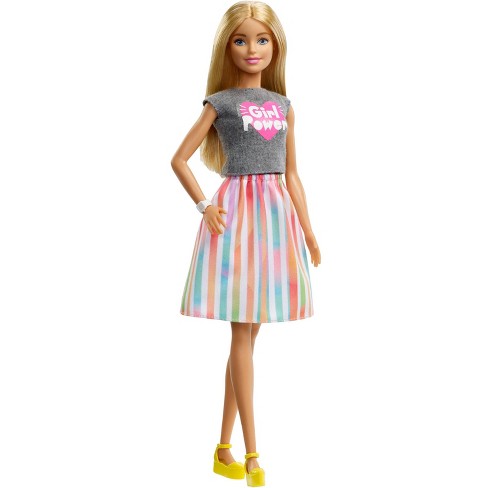How does it feel to think about Disney through the critical lenses posed by Christensen and my slides? How did these frameworks help you think about Moana?
Growing up, I never payed that much attention to how my childhood was being influenced by the media. When I was younger, I played with Bratz dolls, Barbie dolls here and there, and would play dress up and house with my sisters. But I loved, loved, loved to watch Disney movies.When I watched Cinderella, I would imagine myself as the princess waiting for a handsome prince to take me away and we would live happily ever after. However, after reading Linda Christensen’s, “Unlearning the Myths That Bind Us,” As a youth worker working with middle school youth, and as an aunt, I now am seeing Disney movies in a new light and that light isn't pretty. Christensen challenges her students to see beyond what Disney has displayed all throughout the years about gender roles, race, socioeconomic status, and etc. Christensen also questions the effects media has on children.

How Disney Depicts Women
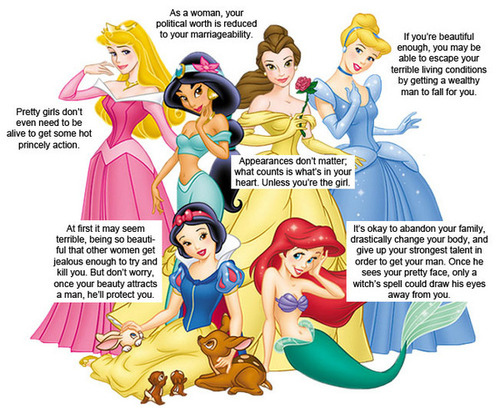
Linda Christensen asked her students if they agreed with Dorfman's position that children receive a secret education in the media. If she were in front of me today, I would answer yes. Girls are taught that the soft, fragile, and dependent women always find their prince charming(s). Snow White, Cinderella, Aurora, and Ariel were all searching for their true loves and were waiting to be saved by a prince charming and live happily ever after. Let us not disregard their killer "assets". These princesses were white, thin, had long hair, had small waists, and were considered to be perfect in every way. They were nurturing, domesticated, and above all, they obeyed the "man". These little girls are watching these movies and thinking to themselves, I have to beautiful if I want to find a man. I have to be graceful, soft spoken, and dismissive if I want to come across as attractive. If I like to read, I have to keep that to myself because a man will always choose beauty over brains. I have to lose my independence in order to find my true love. I for one am glad my nieces are over their princess phase. That may sound rude but I don't think I could watch Cinderella with them or any other Disney with them for that matter and not become a raging critic.
Disney's Moana
/cdn.vox-cdn.com/uploads/chorus_image/image/52005641/MoanaPortrait.0.jpeg)

Watching Moana through a critical lens posed by Linda Christensen lowered my frustrations with Disney. After listening to
Dr. Bogad's slide deck, I thought about Moana. I wondered what set this movie apart from the other princess movies. After watching this movie for very first time, I see why it has been used for critical analysis.
How does Moana stand apart from the "other" classic princess movies?
Moana is depicted as powerful and self-reliant female lead. Not only does Moana not need a man, she does what men, including her father and Maui, feared to do.
Unlike other Disney movies, romantic love is non-existent in Moana. Moana's love is for her island, her people and her family, not a man.
Moana has strong bonds with other women in her life, primarily her mother and grandmother. In other Disney movies, female characters are pitted against each other in the evil stepmother vs. good stepdaughter relationship. Here, it is the female relationships that allow Moana to do the forbidden and cross the reef to save her people. While Moana's father forbids her from going, her mother helps her pack and the spirit of her grandmother guides her safely across the reef and is there when Moana's self-doubt sets in later in the movie.
Moana is a more representative princess. While other Disney princess seems to have small waists and long legs and arms, Moana's body has more average proportions. Moana's heritage also means children of different races find Moana more to be more of a representative.
Moana is not just a princess, she is a leader. Not only will she become chief of her island one day, but she tries on more than one occasion to leave the island in order to save it, when others are afraid. Eventually, she returns her people to their original way of life as voyagers.
![The role of the government [and youth workers] in modern ...](https://indefenceofyouthwork.files.wordpress.com/2015/06/values.png)









/cdn.vox-cdn.com/uploads/chorus_image/image/52005641/MoanaPortrait.0.jpeg)


